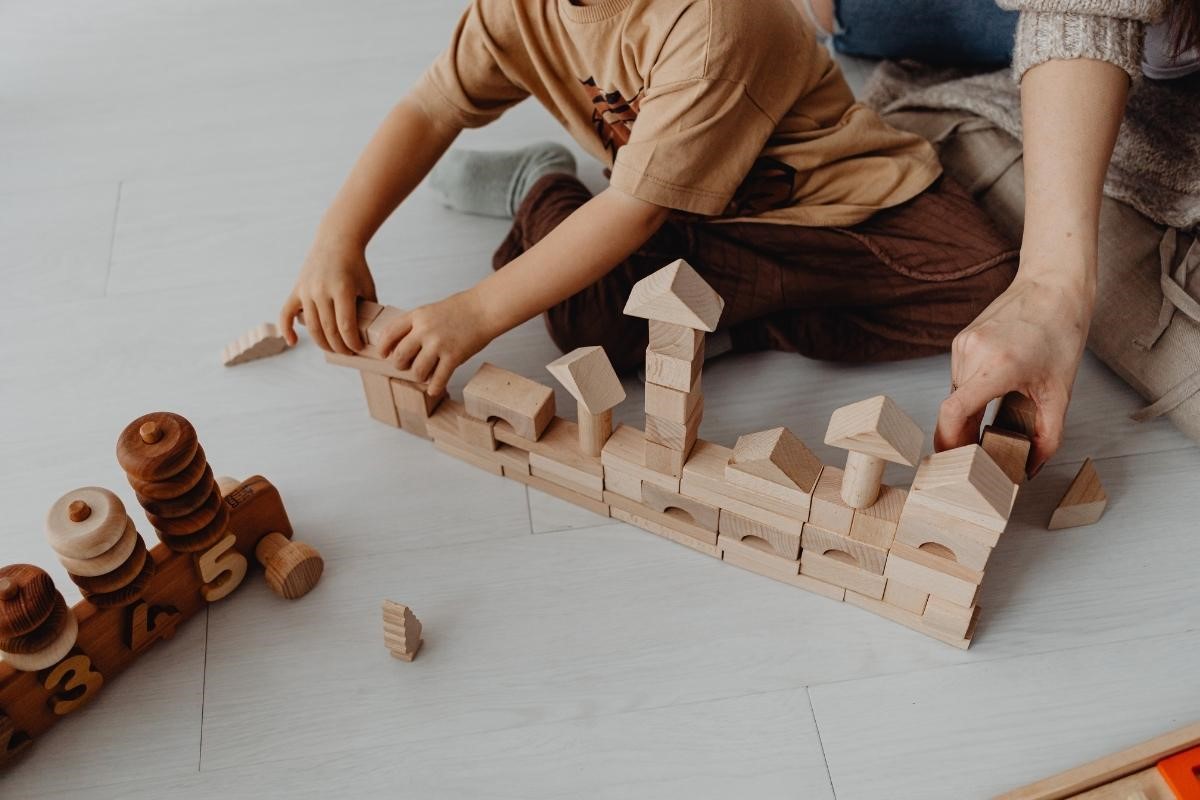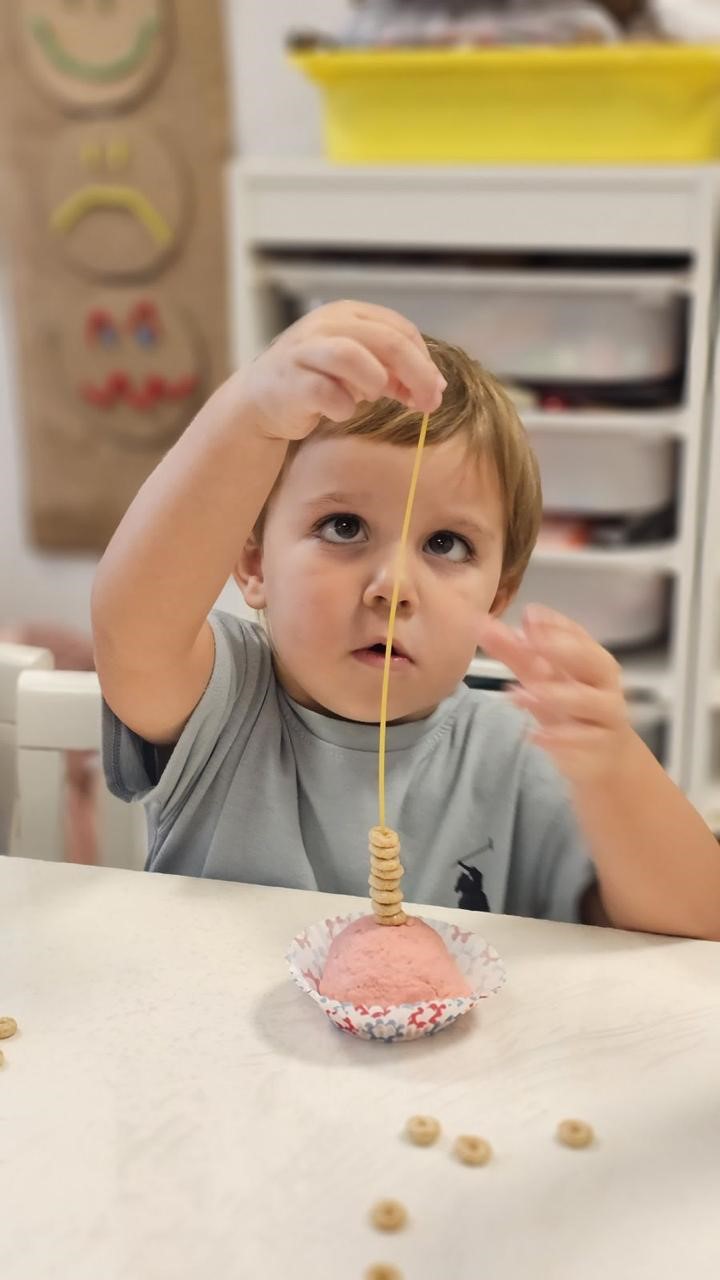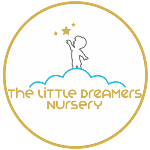Toys are more than just fun and games—they can play a crucial role in your child’s cognitive growth. Selecting the best educational toys ensures that playtime contributes to learning and skill-building, making it both enjoyable and beneficial. This article will explore the importance of cognitive development, showcase the top 5 cognitive development toys, and provide tips to help you choose the right ones for your child.
Why Cognitive Development Matters in Early Childhood
Cognitive development encompasses the mental processes that enable children to think, learn, and solve problems. During the early years, a child’s brain is highly adaptable, making it the perfect time to introduce toys that challenge and stimulate their minds.
-
Promotes Problem-Solving Skills
Toys that encourage critical thinking help children learn how to approach and resolve challenges, building confidence and resilience.
-
Enhances Memory and Focus
Engaging with learning toys for children sharpens their ability to remember sequences, recognize patterns, and maintain attention.
-
Fosters Creativity and Imagination
Interactive toys allow children to explore new ideas and develop their creativity, forming the foundation for innovative thinking later in life.
Top 5 Educational Toys for Cognitive Development
The following toys have been selected for their ability to engage young minds and support essential cognitive skills.
-
Building Blocks

Classic and versatile, building blocks are timeless brain-boosting toys.
- Why They’re Great: Encourage problem-solving, spatial awareness, and hand-eye coordination.
- Best for Ages: 1 year and up.
- Examples: LEGO Duplo sets, wooden blocks, magnetic tiles.
-
Shape Sorters
These toys challenge toddlers to fit shapes into matching holes, an excellent way to develop spatial reasoning.
- Why They’re Great: Teach shape recognition, fine motor skills, and patience.
- Best for Ages: 6 months and up.
- Examples: Fisher-Price Brilliant Basics Baby’s First Blocks, Melissa & Doug Shape Sorting Cube.
-
Puzzle Sets
From simple peg puzzles to intricate jigsaws, puzzles enhance logical thinking and memory.
- Why They’re Great: Improve problem-solving skills and concentration.
- Best for Ages: 2 years and up.
- Examples: Puzzles, chunky wooden puzzles for toddlers.
-
Interactive Books
Books with buttons, textures, or flaps captivate attention while teaching letters, numbers, or animal sounds.
- Why They’re Great: Boost early literacy and sensory engagement.
- Best for Ages: Infants and preschoolers.
- Examples: “The Very Hungry Caterpillar Touch and Feel Playbook,” LeapFrog Learning Friends.
-
Loose Parts Play

Open-ended toys like pebbles, buttons, and beads encourage imagination and experimentation.
- Why They’re Great: Develop creativity, sorting skills, and focus.
- Best for Ages: 3 years and up (under supervision).
- Learn More: Discover the benefits of playing with loose parts in early childhood.
How Each Toy Supports Cognitive Development
Building Blocks
Stacking blocks strengthens spatial reasoning, critical for understanding geometry and science concepts later in life. Children also learn problem-solving as they figure out how to keep their structures stable.
Shape Sorters
These toys help toddlers recognize shapes and colors while improving their ability to match and categorize objects—a skill essential for mathematics and logical reasoning.
Puzzle Sets
Puzzles teach perseverance and strategy. Completing a puzzle builds memory and focus as children visualize how pieces fit together.
Interactive Books
These books stimulate sensory development while introducing language and basic concepts like counting or identifying objects, promoting early literacy.
Loose Parts Play
Loose parts foster independent thinking. Children experiment, combine, and build, which encourages creativity and adaptability.
Tips for Choosing the Best Educational Toys
-
Prioritize Age-Appropriateness
Toys should be suited to your child’s developmental stage to ensure engagement and avoid frustration.
-
Focus on Multi-Use Toys
Invest in toys that grow with your child or can be used in multiple ways to maximize learning potential.
-
Opt for Open-Ended Play
Toys that don’t dictate how they should be used encourage creativity and critical thinking.
-
Look for Quality and Safety
Choose durable materials free from harmful chemicals. Avoid small parts for children under 3 years to prevent choking hazards.
-
Balance Digital and Physical Play
While digital learning tools can be effective, prioritize hands-on toys for developing tactile and motor skills.

Final Thoughts
Educational toys are a valuable investment in your child’s future. By introducing the best educational toys, like building blocks or interactive books, you create opportunities for learning and fun. Start small—try one toy and observe the skills your child develops!
For more insights into fostering creativity and problem-solving, check out the benefits of playing with loose parts in early childhood. Head to your local toy store or explore online options to find the perfect developmental toy for your little one.
Interactive play today sets the foundation for a brighter tomorrow!










Such a fun post! I love discovering new toy ideas. Keep up the great work, can’t wait to read more